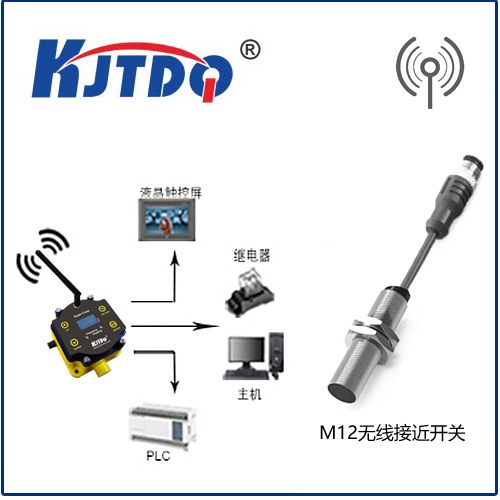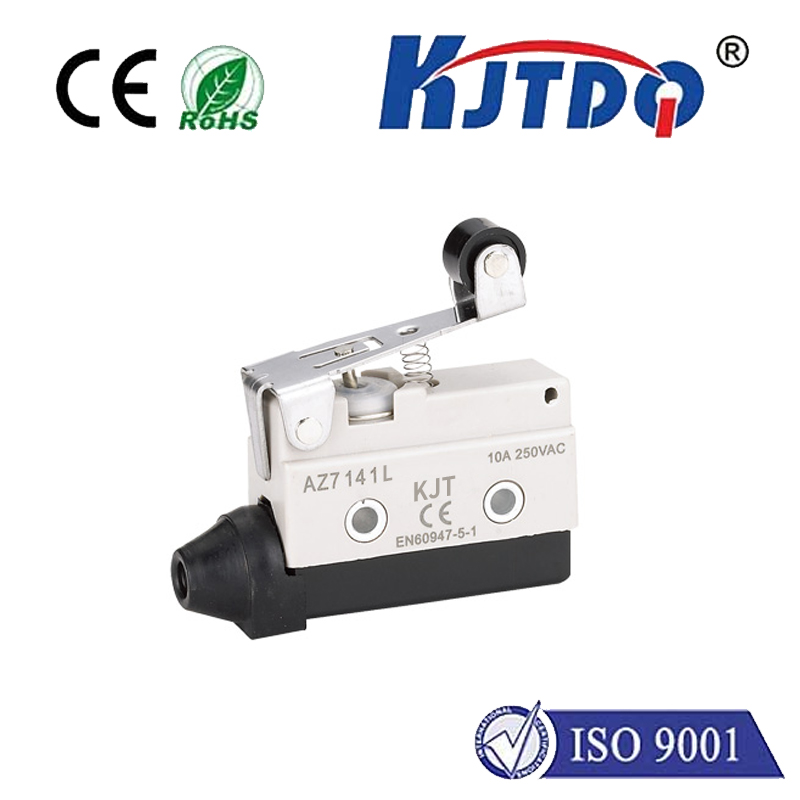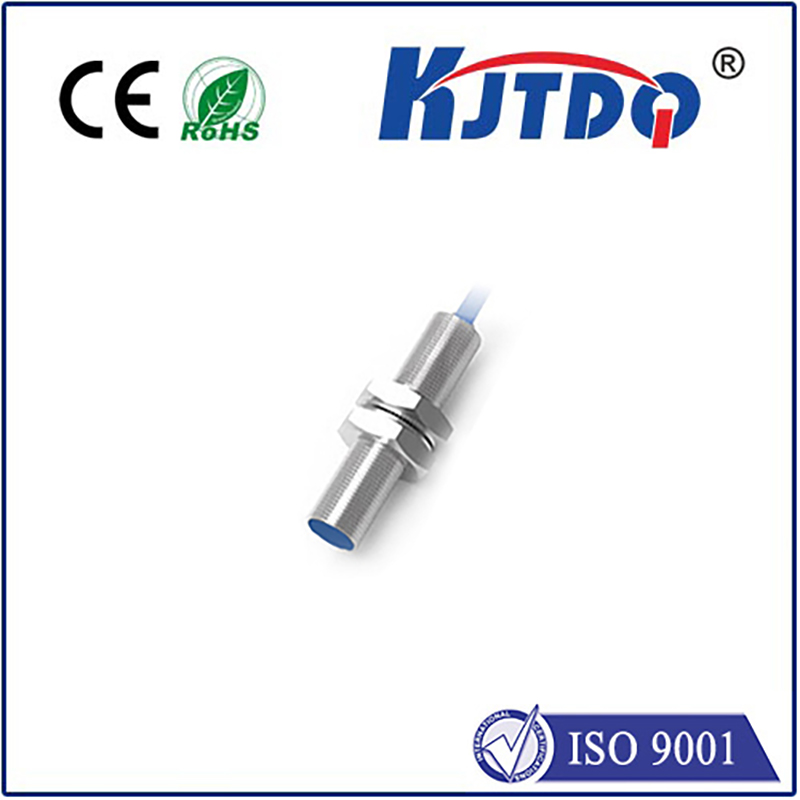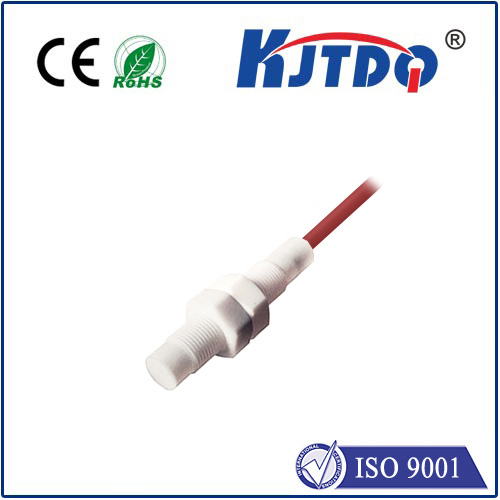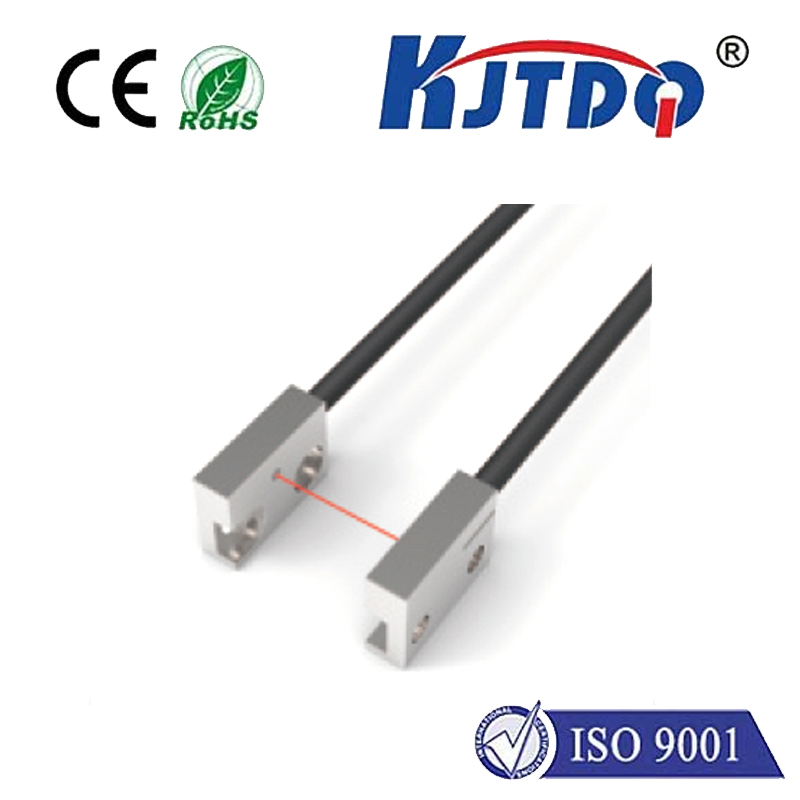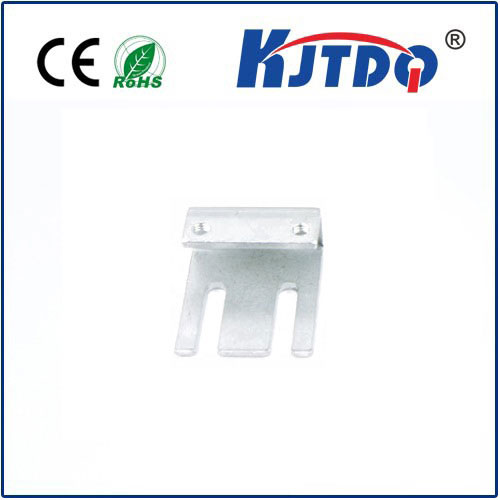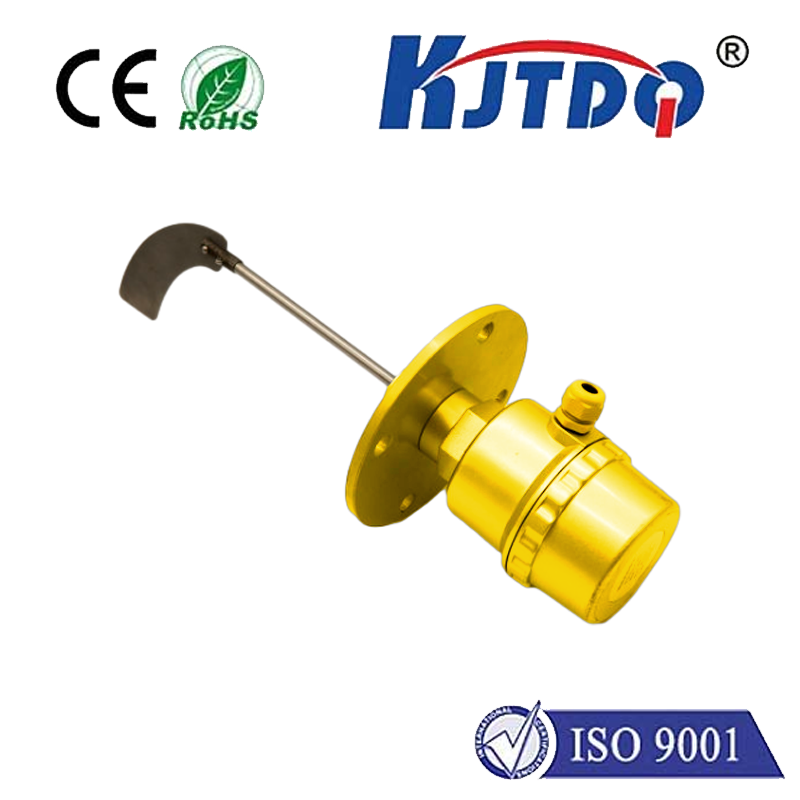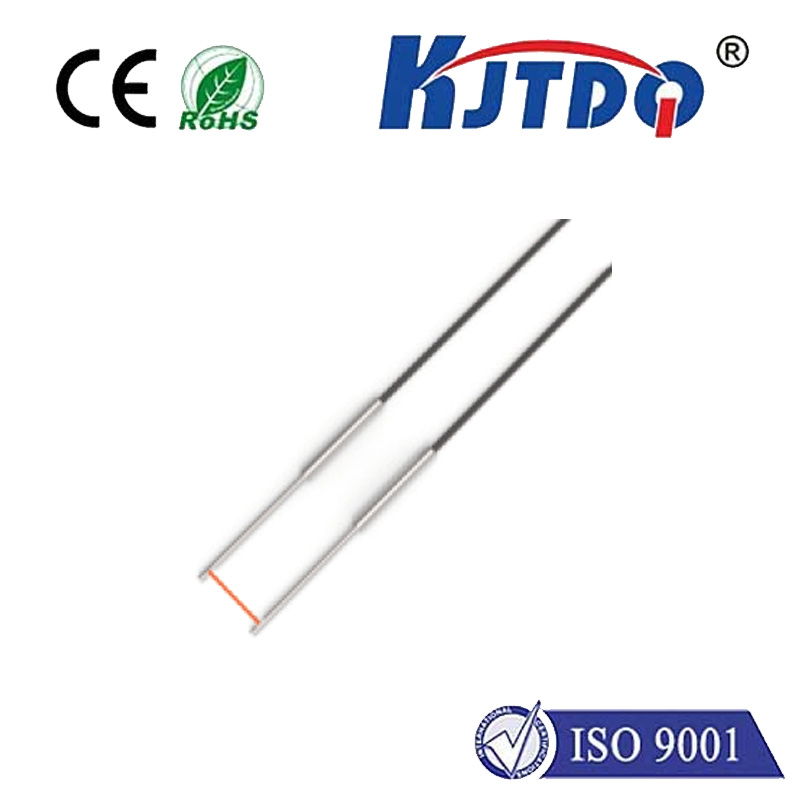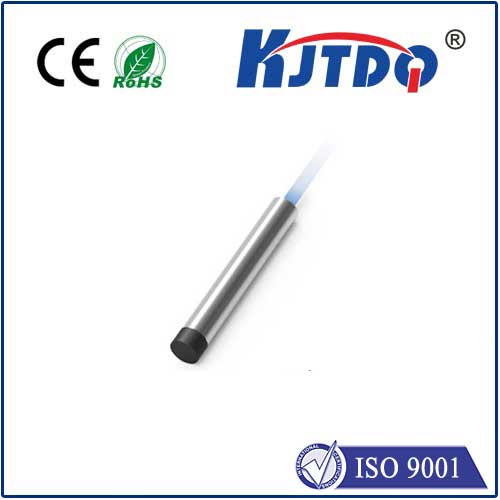
check

check

check

check
In the ever-evolving world of industrial automation and electronic sensing technologies, the M8 capacitive proximity sensor stands out as a reliable and versatile tool. This comprehensive guide delves into the features, applications, and advantages of the M8 capacitive proximity sensor, providing valuable insights for engineers, technicians, and anyone involved in automation systems.
An M8 capacitive proximity sensor is a type of sensor that detects the presence or absence of an object by measuring changes in an electrical field caused by the object’s proximity. The term ‘M8’ refers to the thread size of the sensor, which is 8 millimeters. These sensors are typically used in various industrial applications where precise detection of objects at a short distance is required.
The operating principle of an M8 capacitive proximity sensor involves creating an electric field between the sensor’s oscillator and its surrounding environment. When an object enters this field, it alters the field’s capacitance, causing a change in oscillation frequency. This change is then detected and converted into an output signal, indicating the presence or absence of the object.
Precision and Accuracy: The M8 capacitive proximity sensor offers high precision in detecting objects, making it suitable for applications requiring exact measurements.
Versatility: It can detect various materials including metals, plastics, glass, and liquids.
Durability: Designed to operate in tough industrial environments, these sensors are resistant to vibrations, shocks, and extreme temperatures.
Long Lifespan: With minimal wear and tear over time, these sensors have a long operational life.
Ease of Integration: The standardized thread size (M8) allows easy integration into existing systems without requiring significant modifications.

Automated Manufacturing: Used in conveyor belt systems to detect the presence of products, ensuring smooth workflow and preventing jams.
Robotics: Enhances safety features by detecting obstacles or human presence, enabling robots to avoid collisions.
Material Handling: Ensures accurate sorting and placement of items in automated packaging lines.
Level Sensing: Monitors liquid levels in storage tanks, preventing overflow or underfill scenarios.
Security Systems: Integrated into doors and gates to control access based on object presence.
Compared to inductive sensors, capacitive proximity sensors can detect non-metallic objects, offering broader application scope. Additionally, their immunity to dust, water, and other contaminants makes them highly reliable in harsh environments—a significant advantage over optical sensors that can be affected by dirt or ambient light conditions.
When installing an M8 capacitive proximity sensor, consider the following tips:
Proximity Range: Ensure the sensor’s range aligns with the required detection distance in your application.
Mounting Position: Avoid placing the sensor too close to metal surfaces or other sensors that might interfere with its electric field.
Environmental Considerations: Check for compatibility with environmental factors such as temperature, humidity, and potential exposure to chemicals.
To ensure optimal performance and longevity of the M8 capacitive proximity sensor, regular maintenance is essential:
Cleaning: Keep the sensor clean from dust and debris that could affect its sensitivity.
Inspection: Routine checks for any physical damage or wear and tear.
Calibration: Periodically calibrate the sensor to maintain accuracy in detection.
The M8 capacitive proximity sensor is an indispensable component in modern industrial automation and sensing applications. Its precision, durability, and ease of use make it a preferred choice for a wide range of industries. By understanding its working principles, key features, and proper maintenance, users can maximize the efficiency and longevity of this advanced technology. Whether you are designing a new system or upgrading an existing one, integrating capacitive proximity sensors can significantly enhance performance and reliability.
